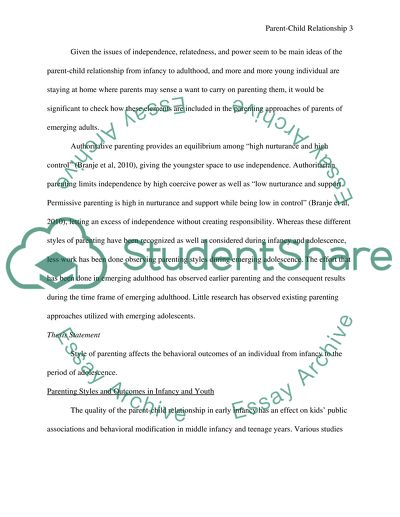Cite this document
(“Parent: Child Relationships from Infancy through Adulthood Research Paper”, n.d.)
Parent: Child Relationships from Infancy through Adulthood Research Paper. Retrieved from https://studentshare.org/psychology/1431640-parentytchild-relationships-from-infancy-through
Parent: Child Relationships from Infancy through Adulthood Research Paper. Retrieved from https://studentshare.org/psychology/1431640-parentytchild-relationships-from-infancy-through
(Parent: Child Relationships from Infancy through Adulthood Research Paper)
Parent: Child Relationships from Infancy through Adulthood Research Paper. https://studentshare.org/psychology/1431640-parentytchild-relationships-from-infancy-through.
Parent: Child Relationships from Infancy through Adulthood Research Paper. https://studentshare.org/psychology/1431640-parentytchild-relationships-from-infancy-through.
“Parent: Child Relationships from Infancy through Adulthood Research Paper”, n.d. https://studentshare.org/psychology/1431640-parentytchild-relationships-from-infancy-through.


